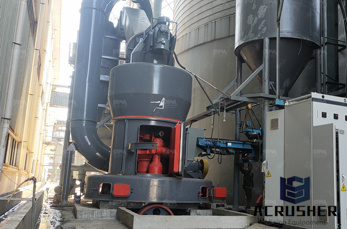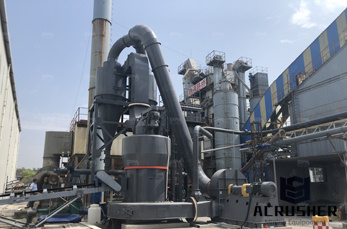 WhatsApp)
WhatsApp)
Clastic Sedimentary Rocks. ... are precipitated (see chemical sedimentary rocks) ... in particle size tells a lot about what kind of place that the rock formed in.

Chemical and Biochemical Sedimentary Rocks. ... Chemical sedimentary rock is formed when minerals, dissolved in water, begin to precipitate out of solution and ...

Sedimentary rock: Sedimentary rock ... Chemical sedimentary rocks form by chemical and organic reprecipitation of the dissolved products of chemical .

What is the difference of Clastic, Chemical and Biochemical Sedimentary ... chemical and biochemical sedimentary rocks? ... These deposits form when the chemical ...

An introduction to SEDIMENTARY ROCKS. ... but NOT in clastic sedimentary rocks. Chemical sedimentary rocks form because of the precipitation of .

How Rocks Change Introduction Does it seem to you that rocks never change? For example, if you find a chunk of granite today, can you expect that it will still be ...

Start studying Sedimentary rock. Learn vocabulary, terms, and more with flashcards, games, and other study tools. ... How do chemical sedimentary rocks form?

Biochemical sedimentary rocks form from sediment derived by biological processes. This typically occurs in the ocean where a variety of atoms float among the water ...

How Does Chert Form? ... Chert formed in this manner is a chemical sedimentary rock. Diatoms are microscopic, singlecelled algae that live in marine or fresh water.

Salt and other minerals go into a lake, but when the water evaporates, it leaves the minerals behind.

The particles that form a sedimentary rock by accumulating are ... Chemical sedimentary rocks. Chemical sedimentary rock forms when mineral constituents in .

Sedimentary rock is one of the ... Sedimentary rocks are formed from overburden pressure as ... The term diagenesis is used to describe all the chemical, ...

Organic Sedimentary vs. Chemical Sedimentary Rock ... Organic or biological sedimentary rocks are formed by ... Chemical sedimentary rocks, by contrast, form .

Types of Sedimentary Rock. Sedimentary rock is divided into more specific categories by the way it forms. Clastic sedimentary rock forms when rock fragments are ...

Sediment and sedimentary rocks ... – Most common sedimentary rock type – Form from cemented sediment grains that come from preexisting rocks • Chemical ...

Chemical sedimentary rocks are formed by chemical precipitation. The stalactites and stalagmites you see in caves form this way, so does the rock salt that table ...

If these rocks form at very shallow depths they may be called hypabyssal or subvolcanic rocks, ... We can see how a rock of a certain chemical composition, ...

Chemical Sedimentary Rocks Unlike most other sedimentary rocks, chemical rocks are not made of ... they do not all fit and some form crystals of minerals ...

Oct 28, 2011· Salt Flats at Death Valley, California. The Surface of the Earth. Chemical sedimentary rocks form at the earth''s surface. Sedimentary rocks are rocks that ...

Solidification into rock occurs either below the surface as intrusive rocks or on the surface as extrusive rocks. Igneous rock may form ... rocks. Chemical ...

Chemical sedimentary rocks, such as ... Oil Shale is a rock that contains significant amounts of organic material in the form of kerogen. Up to 1/3 of the rock can be ...

Sedimentary Rocks, Processes, and Environments . Sediments. ... Chemical sedimentary rocks form when masses of intergrown mineral crystals precipitate from

As the name implies, chemical sedimentary rocks form due to chemical reactions. These reactions occur within water that is saturated with positively and negatively ...

chemical rocks – formed from chemical sediments that precipitate out of water ... 8 Comments on "How Rocks Form: Igneous Rocks, Sedimentary Rocks, ...
 WhatsApp)
WhatsApp)